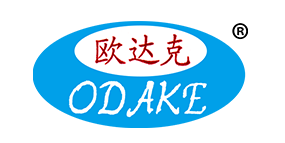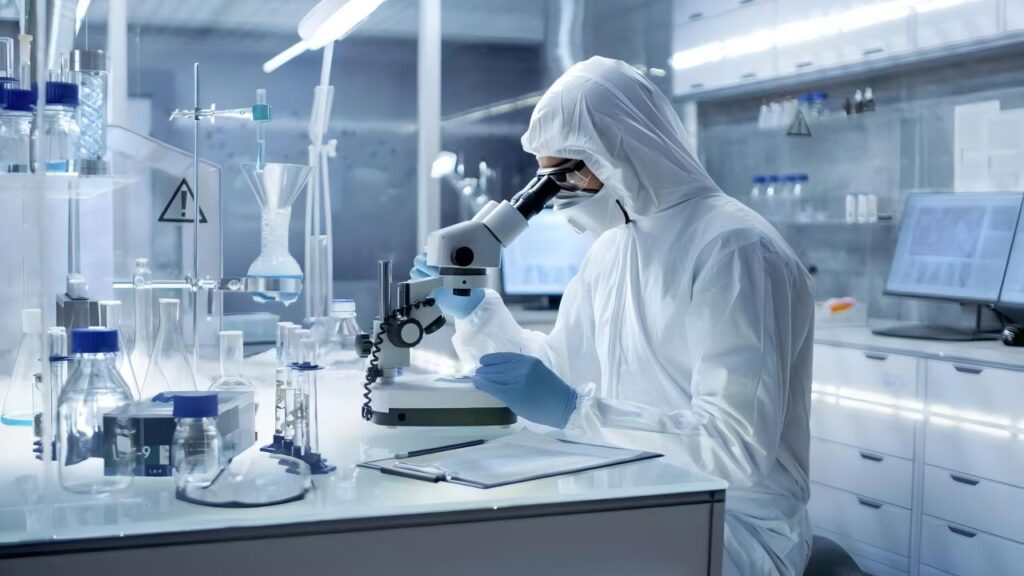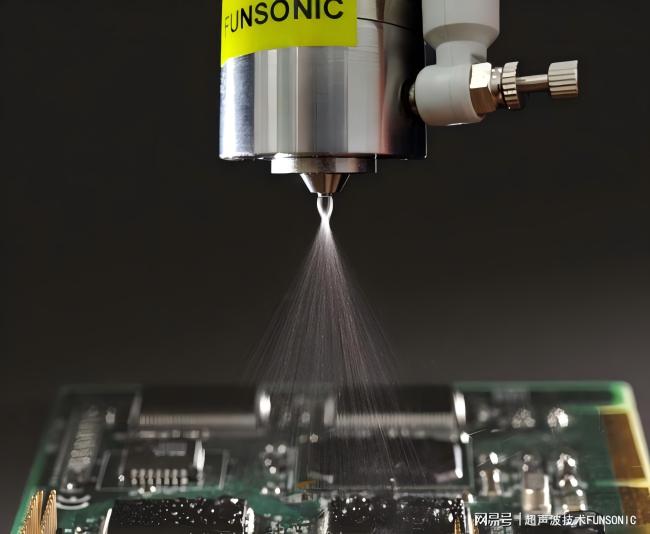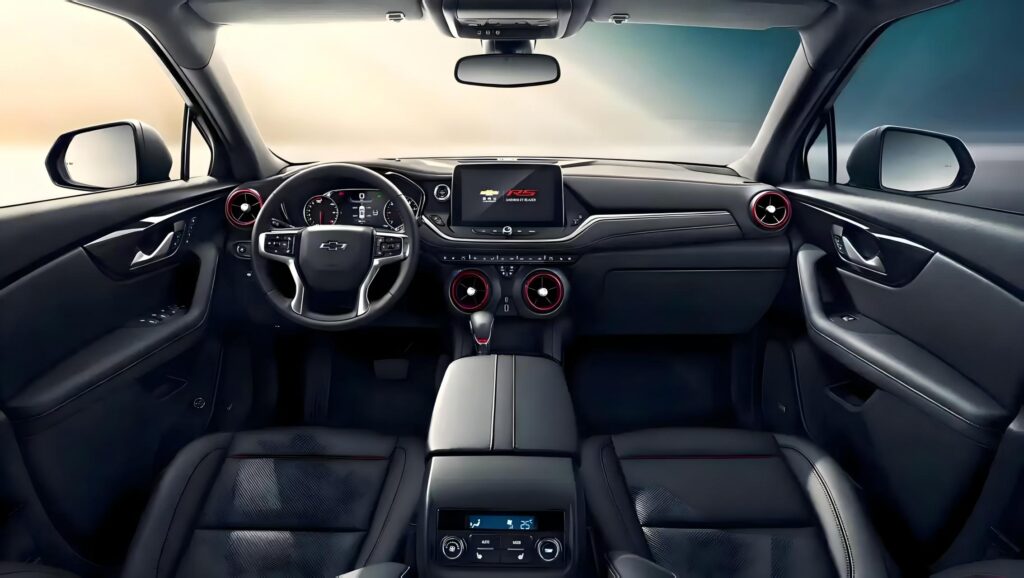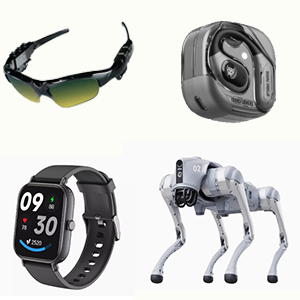UV adhesives—also known as ultraviolet curing adhesives—are transforming how modern industries bond materials with speed, precision, and strength. From electronics and medical devices to automotive components and glassware, UV-curable adhesives are widely used for their fast curing time and high-performance bonding.
In this blog post, we’ll dive into the science behind UV adhesives, how light-curing technology works, and why it’s a game-changer for manufacturers and engineers.
What Are UV Adhesives?
UV adhesives are single-component formulations that cure (or harden) when exposed to ultraviolet (UV) light. They are typically based on acrylate, epoxy, or silicone chemistries, and remain in a liquid or gel state until they are exposed to a specific UV wavelength, usually between 250–400 nanometers.
🔍 Key Properties of UV Adhesives:
Fast curing (often in seconds)
High bond strength
Precision application
Transparent and clean finish
Long shelf life before curing
How Does Light-Curing Technology Work?
The curing process begins when photoinitiators within the adhesive absorb UV light. These molecules undergo a photochemical reaction, generating free radicals that start polymerization—the chemical bonding of monomers into a solid structure.
🔬 Step-by-Step Breakdown of UV Curing:
Application: UV adhesive is applied to the bonding surfaces.
UV Exposure: The adhesive is exposed to a UV lamp or LED curing system.
Photoinitiation: Light activates the photoinitiators in the adhesive.
Polymerization: Monomers crosslink rapidly to form a strong, permanent bond.
Final Cure: The bond sets in seconds and reaches full strength shortly after.
Advantages of UV-Curable Adhesives
UV adhesives offer several advantages over traditional adhesives like epoxy, hot melt, or solvent-based glues:
| Feature | UV Adhesive Benefit |
|---|---|
| Cure Speed | Cures in seconds, increasing throughput |
| Precision | No mix ratios, less waste |
| Clean Appearance | Transparent and bubble-free finish |
| Environmental Impact | Low VOCs, solvent-free options available |
| Versatility | Bonds a wide range of substrates (glass, plastic, metal) |
Applications of UV Adhesives
UV adhesives are used across industries that require fast and reliable bonding:
Electronics: Chip encapsulation, PCB protection, cable assembly
Medical Devices: Catheters, syringes, wearable sensors (biocompatible grades)
Automotive: Sensor modules, interior displays, camera housing
Optics: Lens bonding, fiber optics, screen assembly
Glass & Plastics: Furniture, lighting, decorative glass panels
Challenges and Considerations
Despite their advantages, UV adhesives require:
Proper light exposure: UV light must reach the adhesive line for curing
Surface compatibility: Some opaque or UV-blocking materials may need primers
Safety protocols: UV light can harm eyes and skin if not handled properly
Manufacturers must also ensure they use the right UV wavelength and curing system for optimal results.
Future of Light-Curing Adhesive Technology
The UV adhesive market is growing rapidly, driven by trends in miniaturization, automation, and eco-friendly production. Innovations in LED UV curing systems, dual-cure adhesives (UV + heat or moisture), and biocompatible formulas are expanding its use in cutting-edge applications.
Conclusion
Understanding the science behind UV adhesives helps engineers and manufacturers choose the right bonding solution for their needs. With rapid curing, high strength, and minimal waste, light-curing adhesives are setting the standard for modern, clean, and efficient manufacturing.
curing adhesives are setting the standard for modern, clean, and efficient manufacturing.
